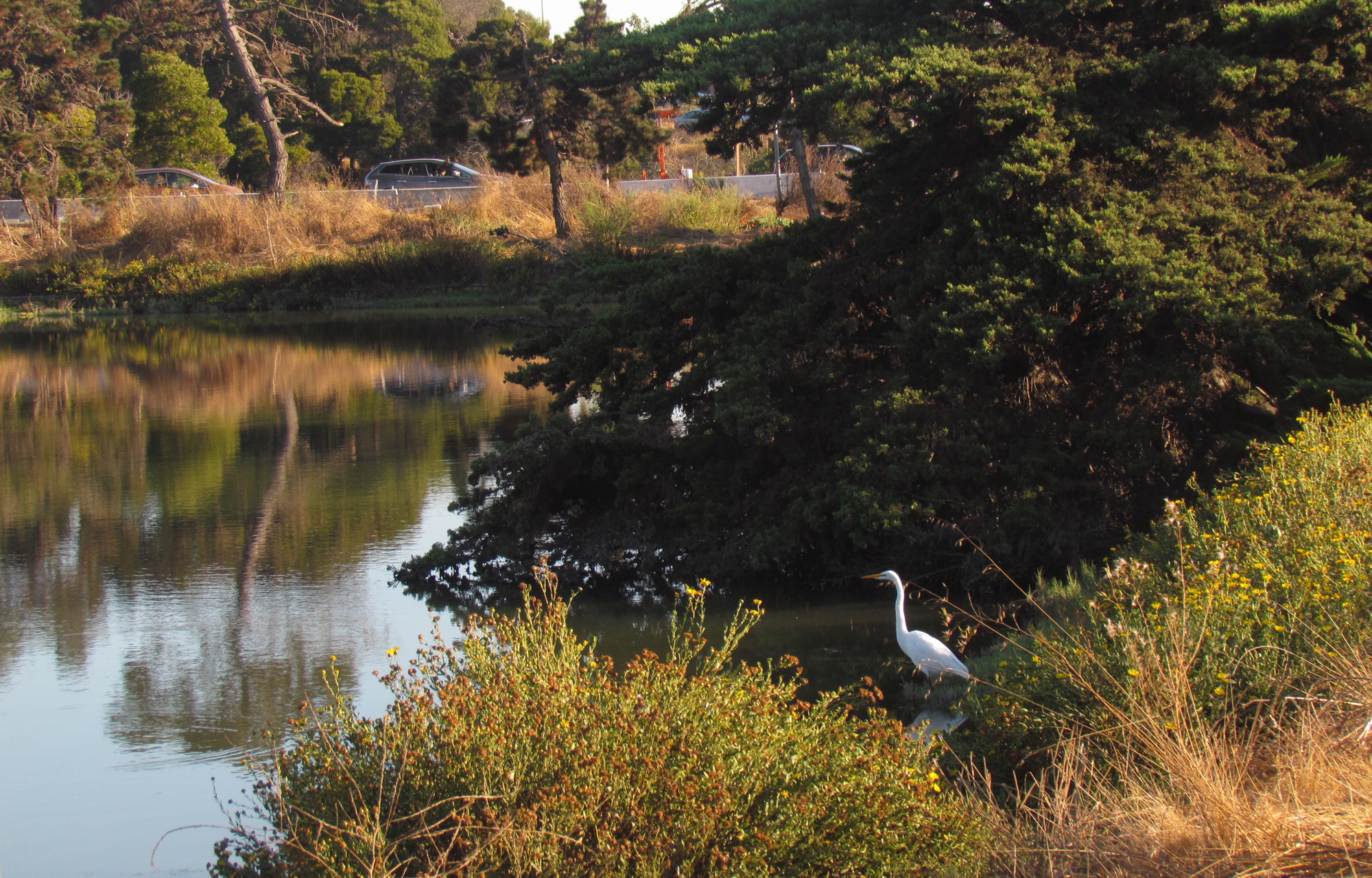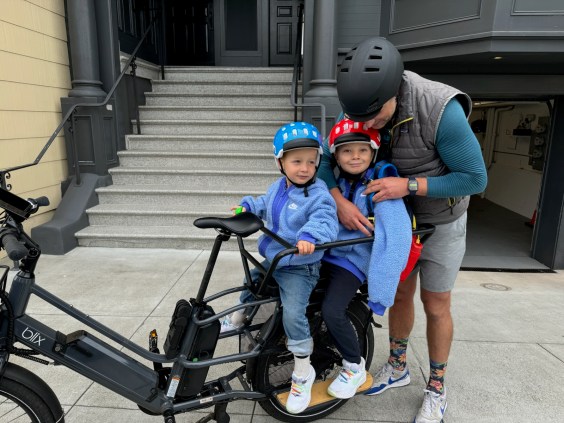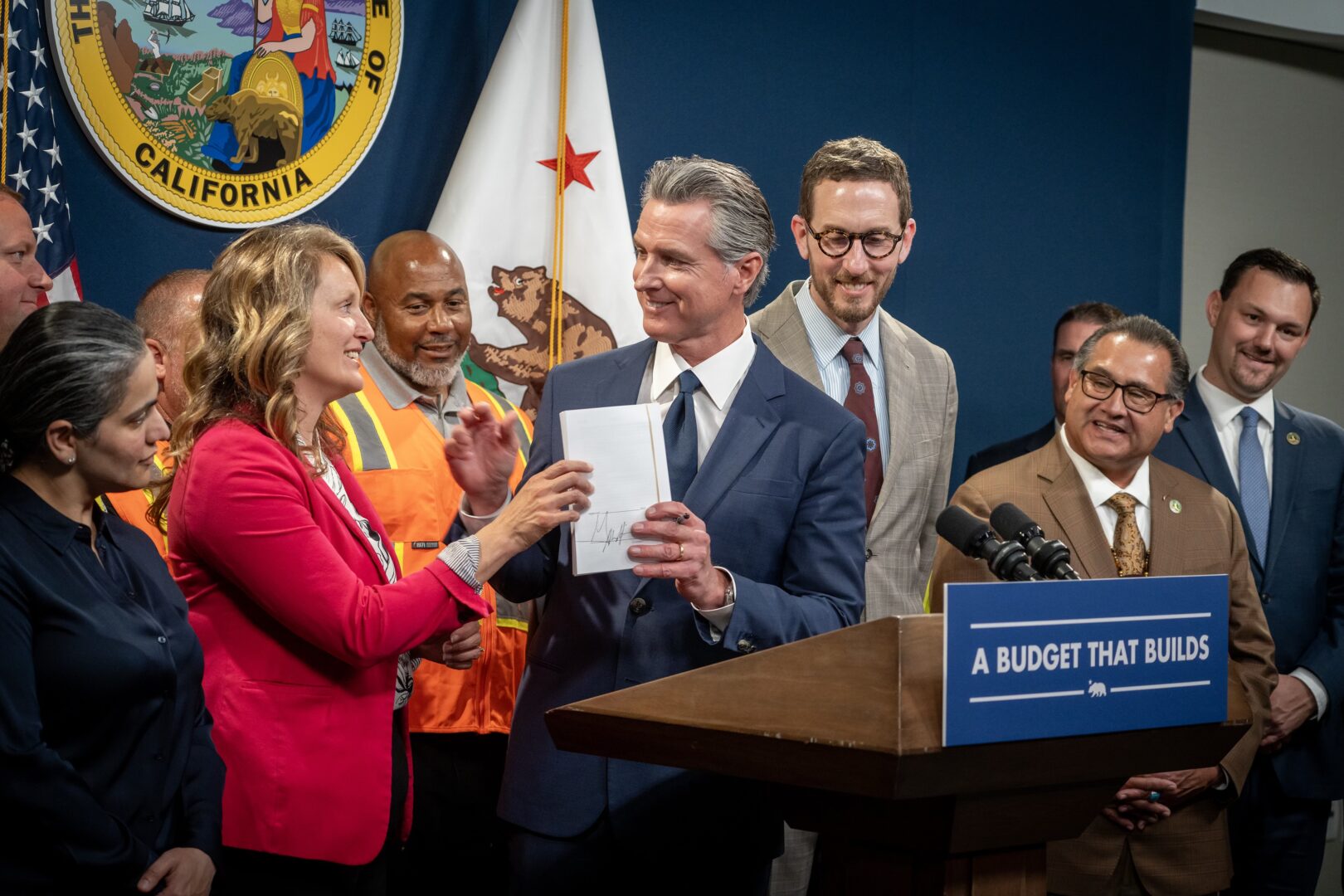California Governor Newsom has been busy on the climate front. In addition to issuing an executive order to end sales of all gas-powered vehicles in the state, he created a statewide climate corps to enlist every Californian in the fight against climate change. He also set out a climate investment framework to guide California's spending, including its pension funds, focusing them on low-carbon investments and developing a climate risk disclosure standard to assess the financial risk of not fighting climate change hard enough.
And yesterday he issued another executive order aimed at using state land as a carbon storage strategy [PDF].
The order also sets a "30 by 30" goal to conserve 30 percent of the state’s land and coastal waters by 2030. That includes natural areas as well as working lands, including farms and ranches. The aim is to fight species loss and ecosystem destruction, protect California's soils and food supply, build climate resilience in forests, wetlands, urban greenspaces, agricultural soils. It calls for a focus on land conservation activities that serve all communities and "in particular low-income, disadvantaged and vulnerable communities."
The executive order sets out a number of guiding principles for state agencies to follow. These principles include promoting healthy lands to improve air quality and water supply, help communities thrive, and support economic sustainability, advancing equity and opportunity, and supporting the agriculture and forestry sectors to "participate in the transition to a carbon neutrality economy."
It also emphasizes the importance of "extensive outreach... and equitable engagement" as well as aligning policies and funding mechanisms across state government.
In other words, it sets a foundational framework for all state agencies to formulate policies that acknowledge the risks of climate change and work in concert with, not against, the state's climate efforts.
Reactions
ClimatePlan, a network of organizations working to make California healthier, more sustainable, and more equitable, applauds the Governor's order. Its statement pushes the governor to implement its goals quickly and to develop a comprehensive funding strategy for it.
"We need clear investment in on-the-ground projects that reduce greenhouse gas emissions while building climate resiliency, including increased investments in urban forestry and urban green spaces, which will help to address climate change and public health--especially as it relates to providing natural canopy and shade to mitigate extreme heat," states ClimatePlan in a press release. "These investments should prioritize projects that are identified by low-income communities and communities of color that provide direct, meaningful benefits to those populations most vulnerable to the negative impacts from climate change."
Natural Resources Defense Council also applauded the order, especially that it calls for input from California's Tribal communities "as well as advancing equity in making these decisions, which is an essential change as disadvantaged communities and tribal voices have previously been excluded from both the process and the benefits of similar efforts in the past."
"The governor’s order is noteworthy for reflecting the interconnected biodiversity, climate, economic and racial equity crises we are facing today," wrote the Environmental Defense Fund's Eric Holst in a statement. "It is heartening that Gov. Newsom recognizes the need to accelerate the pace and scale of environmental restoration and land management efforts to address these crises."
We are pleased to see the governor recognizes the critical role that working lands can play in reducing emissions, supporting regional biodiversity, and building a resilient economy and food system, which serves populations well beyond California’s borders. We also appreciate the governor’s emphasis on expanding equitable access to the outdoors and recreation, which the pandemic has elevated even further in importance to our physical and mental well-being.
This executive order will be useful for environmental and environmental justice groups to point to when local governments and state agencies make decisions that run counter to it. For example, how does this order fit with L.A. Metro and Caltrans' plans to widen the 605 and 5 Freeways through Downey, a project that would destroy hundreds of homes and increase traffic through that corridor? Or for that matter, his Executive Order from last year calling for transportation planning to align with climate goals? You'd think that would have stopped the Downey project from moving forward, though it's impressive how freeway builders find ways to deny induced demand.
Or how would it impact an ongoing move by Kern County to pass a zoning ordinance to would allow more than 65,000 new oil and gas wells to be developed over the next twenty years, close to where people live and work, and to where food is raised?
In that case, the court found that Kern County has failed to adequately disclose or mitigate potential harms to water, air and public health, and the county responded by issuing a new draft EIR. The more than 100 groups fighting the ordinance -- they have a petition here -- say the new EIR does not address any of the community's concerns. They also say that the county has refused to release information in Spanish to the largely Latinx local community, has refused to extend the public comment period for the new EIR or to take verbal comments in the two short meetings it has held so far, and plans to hold a single public hearing to discuss and potentially adopt the EIR.
It's almost like the industry is in a big hurry to extract as much as possible as quickly as it can, before some of Newsom's Executive Orders take effect, or are widely known about.






